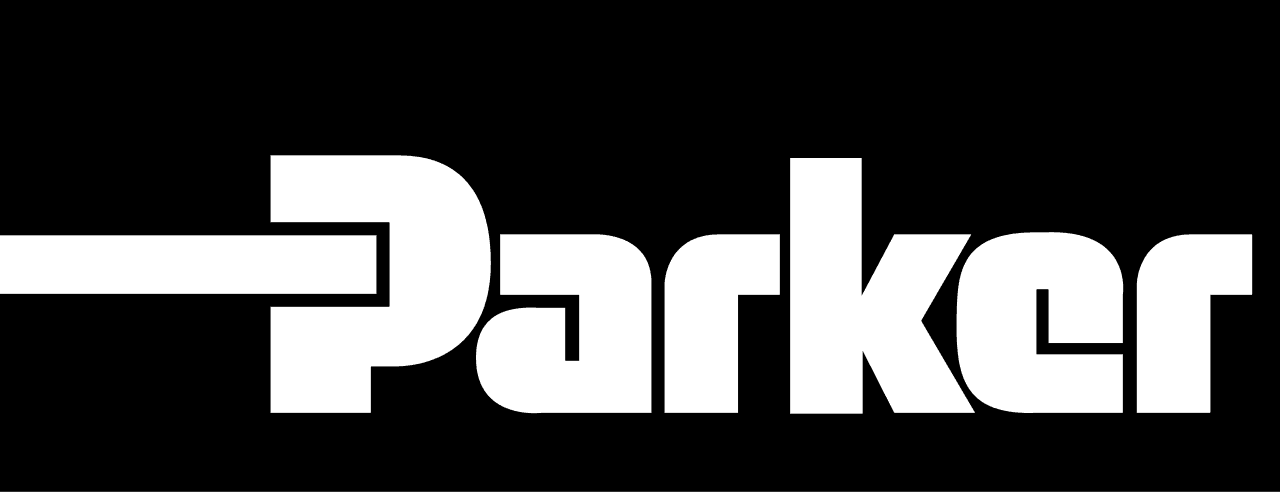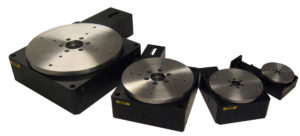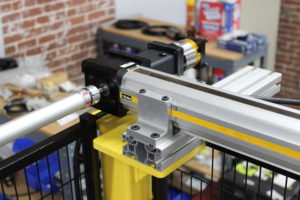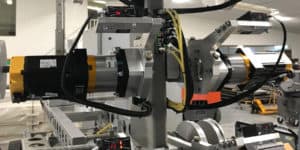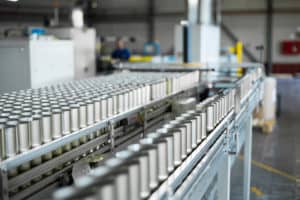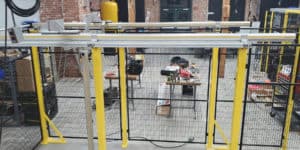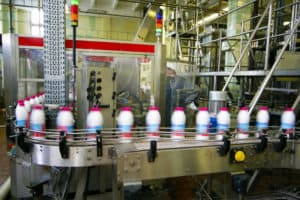Linear Actuators
Linear Actuators For Automation Applications
When automating a process you need to move and position products and material, actuators are one way to accomplish this movement. Used in almost all industries, common applications for actuators include pick and place, material handling, robotic positioning, pressing or bending, motion simulation, and measurement.
There are several different mechanical transmission technologies used to convert the rotary motion of a motor into the linear motion of a linear actuator. Transmission methods include ball screw, self-locking acme or v-thread screw, belt drive, and rack & pinion. There is also direct drive linear motor technology. Each transmission type has advantages and disadvantages.
Cross Custom Actuators
Sometimes off the shelf just isn’t the right solution when it comes to linear movement. If you have a requirement that requires a custom actuator, Cross can help. Whether it be specific coating or a specific carriage type or something as simple as the position of the mounting holes in the carriage, Cross’s team of engineers works with you to create or modify a solution to fit your needs. Some examples of modified or custom actuators that we have done include:
- An actuator that could also bear the weight of a person, since it was being used as a step in the production line
- Putting positive pressure inside an actuator to keep out a dusty environment
- An actuator made from high temperature polymers for a harsh, hot environment.
If you’re not sure what you need but you know you need linear motion, contact Cross to talk about the solution.
Custom Automation Equipment
Leading Brand Partnerships
Reliable and Rugged Equipment
Post-Sales Support
Competitive Turnaround Times
Unbeatable Technical Expertise
Actuators To Choose From
Ball Screw Actuators – Can be very precise and generate high thrust but are typically limited to slower speeds. The longer the needed travel of a ball screw actuator, the slower the movement will be due to the limitations of screw whip.
Self Locking Acme Or V-Thread Screw Driven Actuators – Can generate high thrust and decent precision, but offer low efficiency which limits the duty cycle. These actuators are, however, cost-effective and are self-locking for vertical applications. This prevents dropped products in the event of loss of power. Other actuator types will require a motor brake.
Belt Driven Actuators – Provide repeatability and high-speed actuation but are limited in the amount of thrust and are not as accurate as a ball screw actuator. The thrust capacity is limited to the amount of tension that can be put on the belt. In addition, belt-driven actuators have less mechanical advantage and typically require a gearbox to reduce the reflected inertia.
Rack And Pinion Type Actuators – Offer high repeatability, long travels, very high speed, and high thrust capacity. They are, however, less cost-effective than a belt-driven actuator. Another consideration is that the motor moves along with the load/carriage. To operate rack and pinion actuators you will need to use high flex cables and a cable track, meaning the overall package will be larger.
Direct-Drive Linear Motors – For ultra-high-speed and high-precision there is no substitute for direct-drive linear motors. While these actuators provide very high precision and speeds, they are limited in the amount of thrust they can provide. Because these actuators have a lower thrust than the other technologies, a properly sized load is key; otherwise, you won’t be able to accelerate the load as quickly.
Bearing Options – In addition to the transmission technologies discussed above, there are also bearing options to consider. Square rail bearing trucks are reliable with high load capacity and high stiffness. Roller wheel technology is more cost-effective and can operate at high speeds, but they are unable to carry as heavy of a load.
If you have unique environmental conditions, that adds another layer of considerations. We can help you find the right actuators for all environments including washdown, vacuum, clean room, dirty or dusty, ATEX, and extreme temperatures. Be sure to let us know if your application will be in a challenging area.
Components For Custom Actuators
As an OEM or machine builder, you may just need the components to build your own actuator. Cross has the pieces and the parts to help. We can supply linear assemblies, shafting, profile and round rails, supports, pillow blocks and more. We can also help you spec the right component to accomplish your specific objective.
As you can see, there are a number of options when choosing an actuator for your application. Cross Automation has application engineers with years of experience specializing in electromechanical motion ready to help you find the right product. We help with sizing and selection of the proper transmission and bearing technology to achieve a robust and reliable solution for the customer’s needs.
We can also work with our manufacturing partners to customize linear actuator solutions to best fit the customer’s application or environment. Contact us today to talk to an actuator expert.
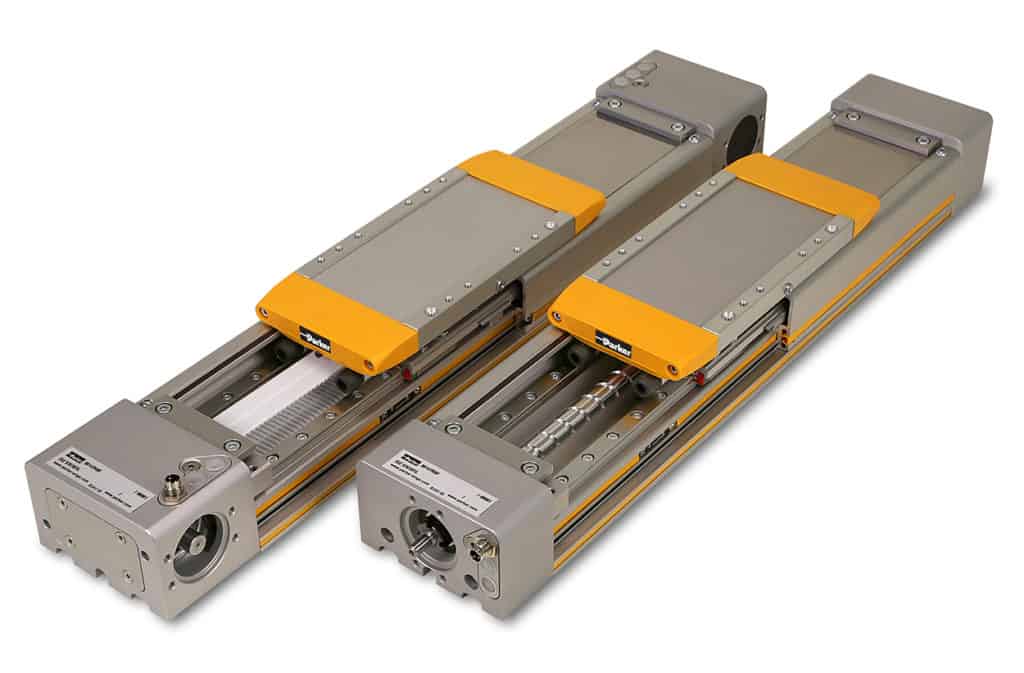
Why Cross Linear Actuators?
As the manufacturing world becomes increasingly competitive, automation is no longer a luxury. It can even mean the difference between your operation and a close competitor’s. Robotics, EOAT, and other automation equipment have become integral parts of many manufacturing processes. When integrated properly, industrial automation can increase throughput, productivity, and worker safety.
Whether you need to implement automation systems for the first time or you’re looking to upgrade an existing system, Cross can work with you to develop custom solutions. We have the industry partnerships, technical industrial expertise, and world-class customer service necessary to provide you with the pneumatic products and accessories your operation needs.
Contact a member of Cross Automation today to start the process and get the automatron products, components, or accessories you’re looking for. And see for yourself why so many operations choose Cross as their single-source solution for industrial automation.

Related Motion Control Components
At Cross, we offer much more than just linear actuators. We can also provide the products our OEM and other manufacturing partners need to succeed. Check out our other precision moton control products and see for yourself.




